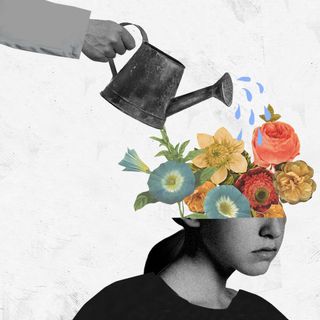Believed to be a neurological condition, migraines are intense, often pulsing, debilitating headaches. Scientists believe that, together, the many subtypes of migraines are the sixth-largest cause of years lost due to disability worldwide. It is also the third most common disease globally, with an estimated global prevalence of 14.7% — affecting around one in seven people.
People with migraines also seem to share a common phobia. Published in the Journal of Headache and Pain, a new study found that osmophobia, described as a “morbid fear of smells,” to be relatively common in patients with different subtypes of migraines. Several patients with tension-type headaches also claimed to experience osmophobia — prompting researchers to explore the link between headaches and the fear of smells.
The study involved patients between the ages of 18 to 65 years, and found almost 40% of migraine patients also experienced osmophobia.
Moreover, migraines are more common in the female population, according to the NHS. Similarly, osmophobia, too, is known to affect women more.
Experts believe that the region of the brain that processes odors also includes parts involved in pain perception, and more importantly, migraine headaches. Could this association between odors and pain be the reason several migraine-sufferers develop a fear of certain smells that trigger their headaches? Perhaps.
Related on The Swaddle:
Why Do Some People Get Headaches in the Morning?
Not only is osmophobia present in a vast number of patients with migraines, the researchers found patients, who experience osmophobia, also have to commonly deal with longer durations of headaches, more intense headaches, more severe anxiety, and depression.
They also found that people at the intersection of migraines and osmophobia often experience allodynia, which is a type of neuropathic pain that makes people extremely sensitive to touch.
This also forms the basis of scientists making an association between osmophobia and symptoms of central sensitization since research has shown that people living with migraines can be more sensitive to stimuli in their environment — like light, sound, and odor.
However, the researchers noted that there’s still a lot to understand about the link between osmophobia and headaches. What they did learn, however, is that osmophobia, while highly prevalent in those with migraines, also extended to people with different forms of headaches.
“While the present study confirmed [the] prevalence of osmophobia in migraine patients, it also indicated its presence among chronic tension-type headache cases,” the study noted — understanding why, perhaps, is what the scientists are planning to investigate now.




